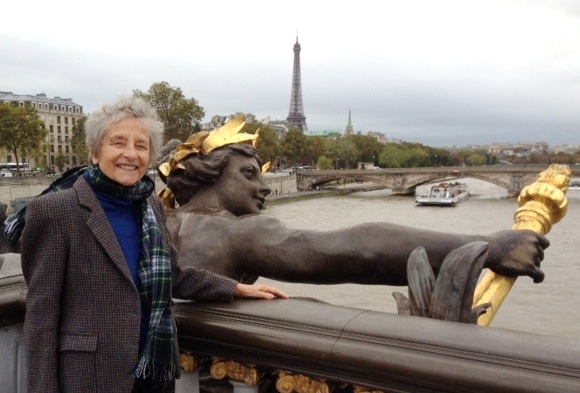
“When Art Déco seduced the World” is one of the most popular exhibits of this season in Paris. It celebrates the artistic movement which bloomed in the 1920s and the 1930s. Monuments of that period can be seen around the world — from Moscow to Shanghai or Brussels and particularly in New York City.
What is Art Déco? In the lineage of late 19th century Art Nouveau and the Arts and Crafts movement, it is a celebration of “total art” forms with the use of multiple materials: glass, wood, ceramic, wrought iron, and the introduction of reinforced concrete. The style even included the production of furniture featuring textiles and fashion made famous by designer Paul Poiret.
The architecture and sculpture were characterized by geometric and stylized forms. Completed for the 1937 international exhibit, the Palais de Chaillot, also called Trocadéro is probably the most imposing monument of Paris and is built along classical, but very sober lines. It replaced the much-maligned neo-moorish former Trocadéro.
Art Déco was the artistic expression of modernism. It was emblematic of the relief felt after the end of World War I. Artists had a field day applying their creations to the most visible buildings of urban life like swimming pools or stadiums.
But what they enjoyed most were the department stores. Their elegant cupolas, grand staircases, decorated with colorful ceramic, their crystal chandeliers dazzled the new consumer class. In Paris, the department stores multiplied, including Le Bon Marché, La Samaritaine or Le Printemps. Les Galeries Lafayette even orchestrated the publicity stunt of a small plane landing on its roof.
Modern times meant an ever faster pace of life. Nothing was more dashing than a Bugatti sports car surrounded by elegant “flappers” ready to take the wheel. The new era also meant traveling the world. On May 29, 1929, the Normandie, the largest, most luxurious ocean liner ever built, made its maiden voyage from Le Havre to New York. The ship turned into a “floating embassy” — a showcase for the diffusion of French art around the world. Lalique, the master of glass carving, created the panels of the Normandie’s first class.
In New York, the 14 original Art Déco buildings of the Rockefeller Center still stand. One cannot miss the Alfred Janniot’s sculpture placed above the entrance of the Maison Française. The gilded bronze bas-relief represents the meeting of the American and the European continents.